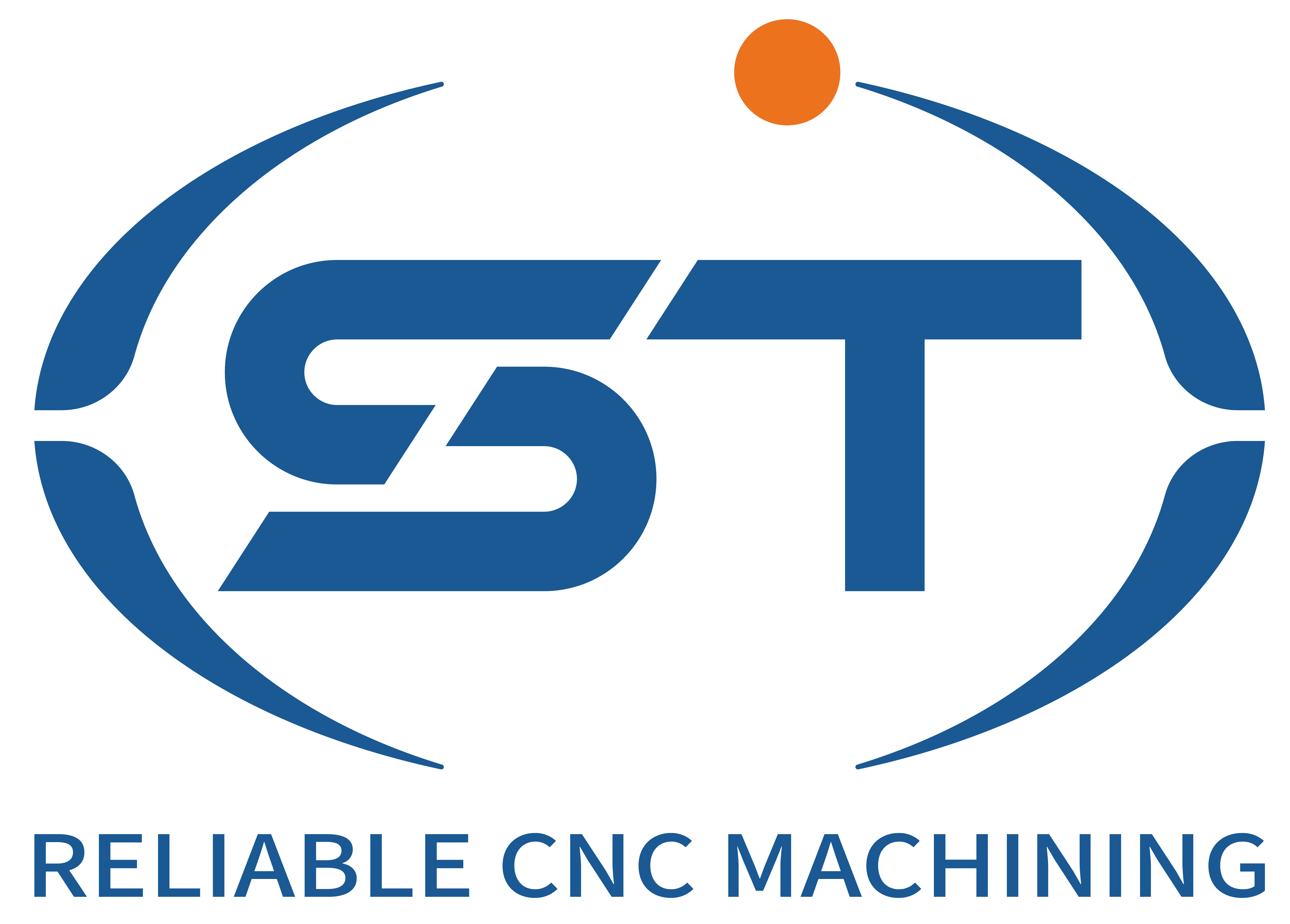Optimize cutting parameters
Reasonable selection of cutting speed: Cutting speed has a significant impact on surface roughness. Within a certain range, increasing the cutting speed can reduce the deformation of the chip and lower the cutting force, thereby reducing the friction and compression between the tool and the workpiece, which is conducive to improving the surface roughness. However, when the cutting speed is too high, the tool wear intensifies, which instead deteriorates the surface roughness. For example, when processing aluminum alloy automotive parts, it was found through experiments that when the cutting speed gradually increased from a lower value to a certain appropriate range, the surface roughness value decreased significantly. However, if the cutting speed is further increased beyond this range, the surface roughness will start to rise again.
Adjust the feed rate: The size of the feed rate directly affects the cutting thickness and the height of the residual area, and thereby influences the surface roughness. Reducing the feed rate can lower the height of the residual area, thereby improving the surface roughness. However, a feed rate that is too small will lead to a decrease in processing efficiency. At the same time, it may cause the tool to vibrate during the cutting process, which will instead affect the surface quality. Therefore, the appropriate feed rate needs to be selected based on specific circumstances. For instance, when processing some parts of automotive engine blocks with high precision requirements, appropriately reducing the feed rate can effectively lower the surface roughness.
Controlling cutting depth: The influence of cutting depth on surface roughness is relatively small. However, during the finish machining stage, excessive cutting depth will subject the tool to greater cutting force, increasing tool wear and workpiece deformation, thereby affecting surface roughness. Generally speaking, a smaller cutting depth should be selected during finish machining to ensure the quality of the machined surface. For example, when performing fine machining on the crankshaft of a car, controlling the cutting depth within a certain range can achieve a better surface roughness.
Tool selection and maintenance
Tool material selection: According to the material of the processed part and the processing requirements, select the appropriate tool material. For instance, when processing automotive gear parts with high hardness, hard alloy tools or ceramic tools are selected. They have high hardness and wear resistance, and can maintain good cutting performance during the processing, thereby achieving a better surface roughness. When processing some steel parts with better toughness, high-speed steel cutting tools may be more suitable.
Tool geometric parameter optimization: The geometric parameters of the tool, such as the rake Angle, relief Angle, main deflection Angle, and secondary deflection Angle, have a significant impact on surface roughness. Appropriately increasing the rake Angle can reduce the cutting deformation and cutting force, and lower the surface roughness. Reasonable selection of the relief Angle can reduce the friction between the rear face of the tool and the machined surface of the workpiece. The size of the primary and secondary deflection angles will affect the height of the residual area. Reducing the primary and secondary deflection angles can lower the height of the residual area and improve the surface roughness. For instance, when processing automotive wheel hubs, by optimizing the geometric parameters of the cutting tools, the surface roughness can be significantly improved.
Tool wear monitoring and replacement: Tool wear can cause the cutting edge to become blunt, the cutting force to increase, and the quality of the machined surface to decline. Therefore, during the processing, it is necessary to closely monitor the wear of the cutting tools and replace those that are severely worn in a timely manner. The degree of tool wear can be judged by observing the shape of the chips, changes in cutting force, and the quality of the machined surface, etc. For instance, when the color of the chips darkens, the cutting force significantly increases, or scratches appear on the machined surface, it indicates that the tool has worn out and needs to be replaced promptly.
Improvement of processing technology
Adopt appropriate processing methods: Select the appropriate processing method based on the shape, size and precision requirements of the parts. For instance, when using CNC milling for some complex-shaped automotive interior parts molds, the surface roughness can be improved by choosing the appropriate tool path and processing strategy, such as contour milling and helical milling. For some automotive optical parts with extremely high requirements for surface quality, it may be necessary to adopt fine processing methods such as grinding and polishing.
Arrange the processing sequence reasonably: A reasonable processing sequence can reduce processing deformation and stress concentration, which is conducive to improving surface roughness. Generally speaking, rough machining should be carried out first to remove most of the allowance, and then semi-finish machining and finish machining can be performed. During the fine processing stage, the number of clamping operations should be minimized as much as possible to avoid positioning errors and deformations caused by multiple clamping operations. For instance, when processing automotive body panels, rough machining and semi-finishing are carried out first, followed by finishing and surface treatment, which can achieve a better surface roughness.
Add finishing processes: After the completion of ЧПУ обработки, some finishing processes such as grinding, honing, and superfinishing can be added to further improve the surface roughness. These finishing processing methods can remove the microscopic unevenness of the processed surface, making the surface smoother. For instance, when processing the cylinder holes of an automotive engine, honing after CNC boring can significantly reduce surface roughness and enhance the sealing and wear resistance of the cylinder holes.
Processing environment control
Control the ambient temperature: Temperature changes can cause thermal deformation of machine tools and workpieces, thereby affecting machining accuracy and surface roughness. The CNC machining workshop should be controlled within an appropriate temperature range, generally maintained at around 20℃±2℃. The temperature in the workshop can be regulated by installing air conditioners, constant temperature equipment, etc. For instance, when processing some high-precision automotive sensor parts, the stability of the ambient temperature is crucial for ensuring surface roughness.
Reduce vibration interference: Vibration is one of the important factors affecting surface roughness. Effective vibration reduction measures should be taken, such as installing the machine tool on a vibration reduction foundation or using vibration isolation pads, to minimize the impact of external vibrations on the machine tool. In addition, attention should be paid to the vibration sources inside the machine tool, such as motors and transmission components, to ensure its smooth operation. For instance, when processing precision shaft parts for automobiles, reducing vibration can prevent the formation of vibration marks and thereby improve surface roughness.
Keep the environment clean: Dust, debris and other substances in the processing environment may enter the interior of the machine tool, affecting its accuracy and reliability. At the same time, they may also adhere to the surface of the workpiece, affecting its surface roughness. It is necessary to keep the processing workshop clean and hygienic. Regularly clean the machine tools and worktables to prevent dust and debris from interfering with the processing process. For instance, when processing the enclosures of automotive electronic components, the cleanliness of the environment directly affects the surface quality and performance of the enclosures.




